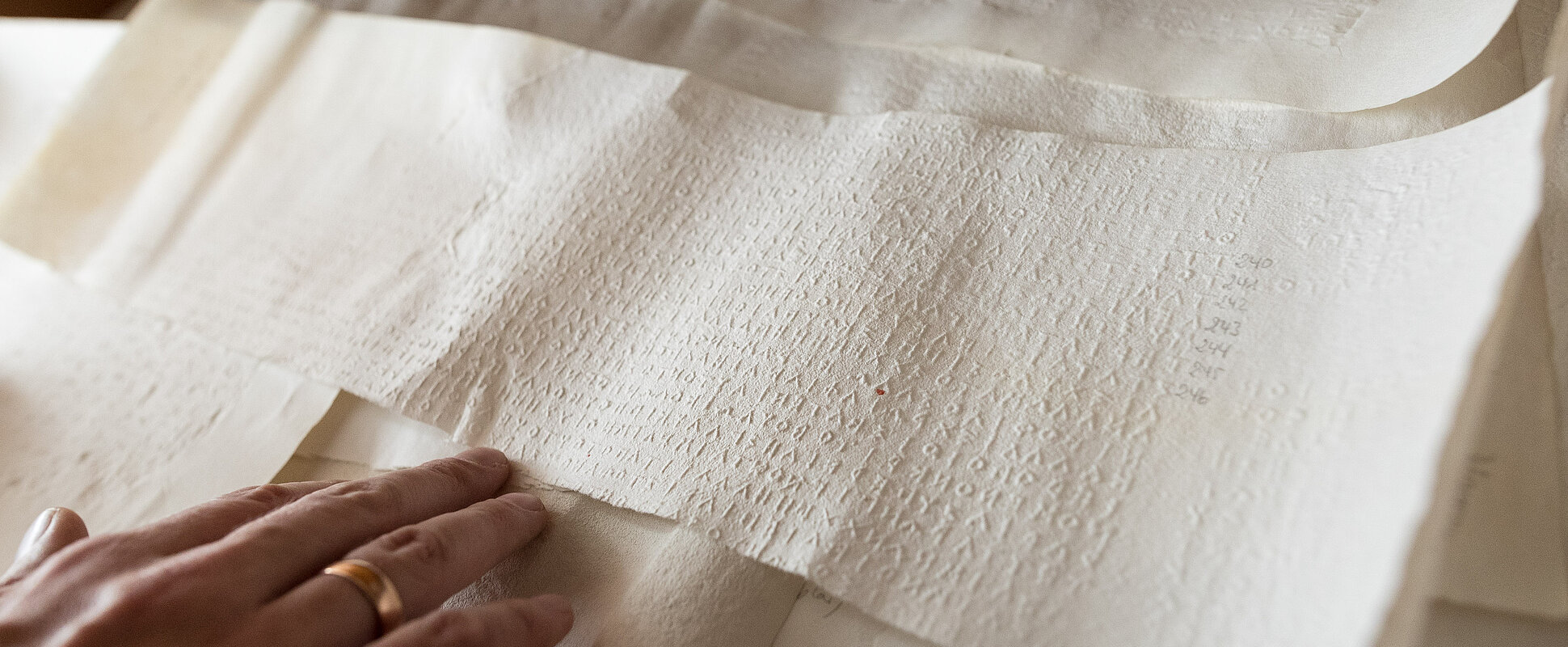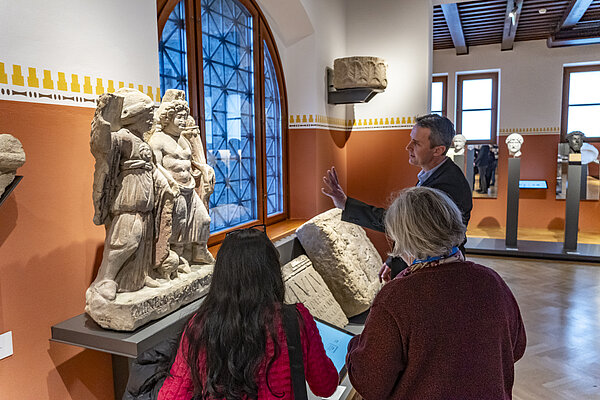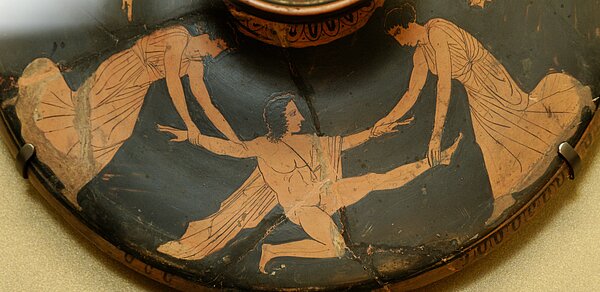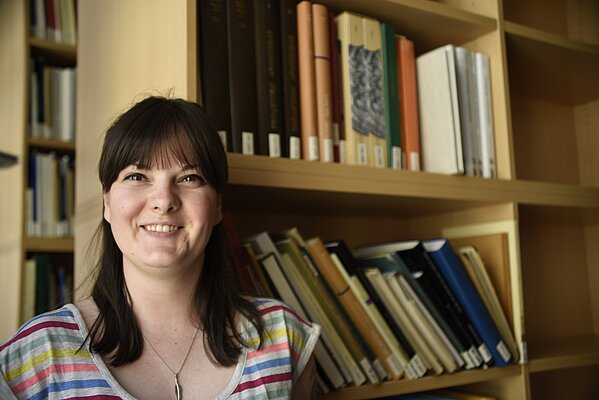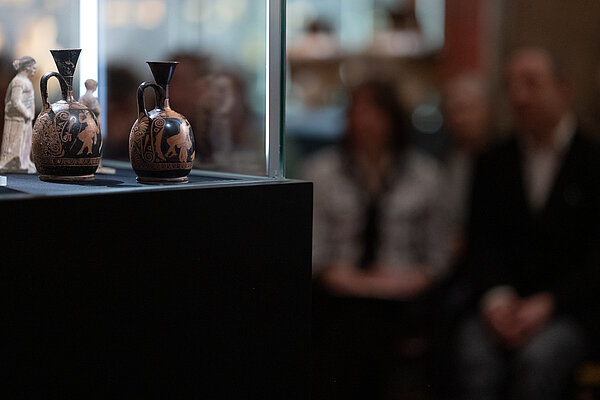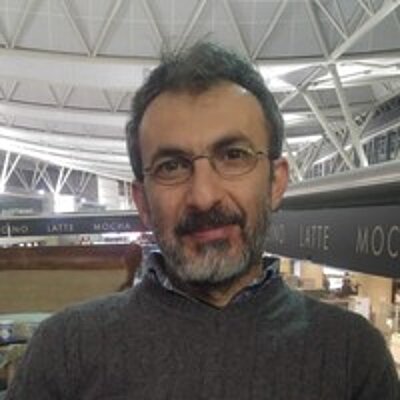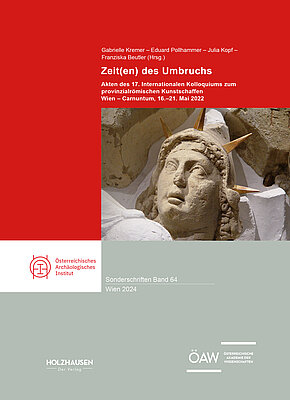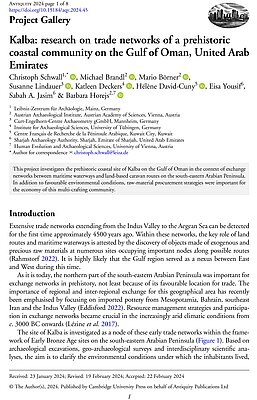»Subsistence practices in Phoenicia and the southern Levant during the Bronze and Iron Ages. New faunal results from Tell el-Burak and a customised integrative multivariate method«
Lecture from the series »Neue Bioarchäologische Forschungen«
Date
May 4, 2021, 18:30
Location
online via Zoom
invitation link
S. Vermeersch presents the Iron Age faunal results from Tell el-Burak (Lebanon), which is considered an agricultural
domain. Her consideration focuses on how subsistence practices developed here and how these compare with
other Levantine sites in the region, in order to contextualise the results and examine the question of Phoenician
cultural identity. S. Vermeersch then presents an adapted integrative multivariate method combining both faunal
and botanical data to obtain a holistic view of past subsistence practices. Correspondence analysis is combined
with independent variables such as chronology, mean annual precipitation and altitude to examine broad patterns
in agricultural systems from the Bronze to the Iron Age in the southern Levant.

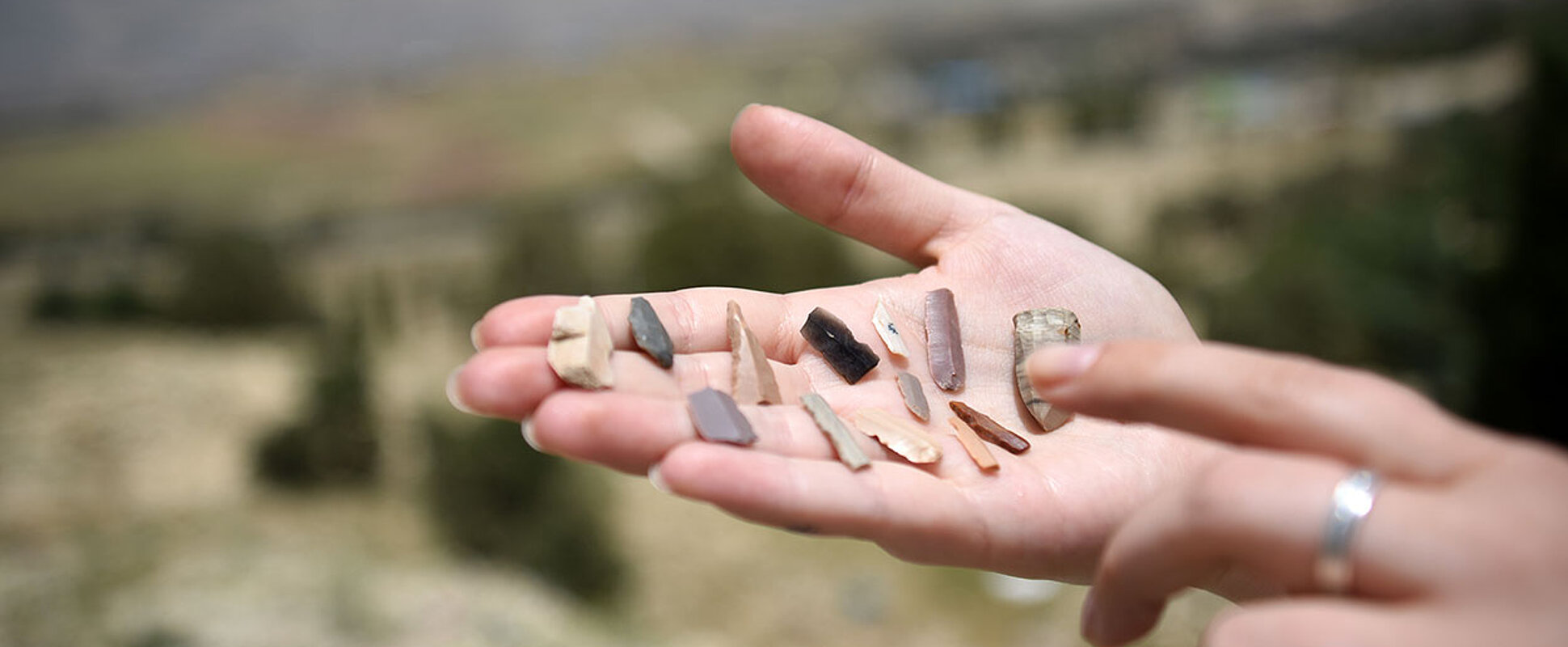
![[Translate to English:] [Translate to English:]](/fileadmin/Institute/OEAI/IMAGES/Slider/2022-slider_03-histarch.webp)
